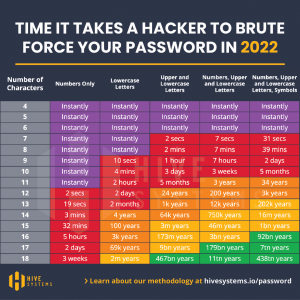Regardless of where it comes from, getting an unexpected chunk of change usually makes for a pretty good day, week, or even year. But if you aren’t intentional about what you do with your extra cash, you could follow in the footsteps of many lottery winners who squander their winnings and end up unhappy and broke.1 Even if the gift you receive isn’t a significant amount, you’d be amazed at how some smart planning can make a big difference down the road. Let’s look at some ways you can you use your raise, refund, or windfall to get ahead financially.
- Pay Off Debt
Big debt, small debt, it doesn’t matter. Debt is debt. Start with high-interest debt and work your way down. Did you know that the average American household carries over $16,000 in credit card debt and pays an average of $1,292 in interest annually?2 Sure, using your extra influx of money to reduce debt isn’t as fun as going on a trip, but think of the satisfaction you’ll feel when you see your balance decrease, knowing that you are saving yourself thousands of dollars in interest in the long run.
- Beefing Up Your Retirement Savings
Even if you diligently contribute to a 401(k) or IRA, chances are you aren’t maxing out those accounts. Let’s say you receive a $3,120 tax refund, the average amount according to the IRS.3 You then deposit that $3,120 in an IRA and see a 7% rate of return annually. In 20 years, you will have earned approximately $8,000 on that investment due to compound interest. Let’s go a bit further. If you invest your tax refund every year for 20 years, your retirement savings could see a boost of almost $150,000! If you’ve received a raise, use some of it to increase your contribution percentage right away. That way, you won’t get used to living with that extra money and it puts you ahead for the future.
- Invest In Education
Most of us dream of our kids going to a great school and getting a solid foundation for their future career, but have you considered how much of an investment it will take to get them to that point? The numbers can be daunting. These days, a high school graduate can expect to pay upwards of $200,000 for an undergraduate degree at a top school4 and over $10,000 each year for in-state tuition alone at a public institution.5 The costs will vary depending on room and board and other educational costs, but either way, it’s a lot of money.
One option is to open a 529 account with your tax refund and, once again, let compound interest help you get ahead. Not only will your investment pave the way for your child’s future, but it could also give you a tax break.
- Build Your Emergency Fund
An emergency fund provides you with a cushion for those times when life gives you lemons. If you don’t have readily available savings, something as simple as an unexpected car repair or medical bill could derail your finances. Or, if you know you have a large purchase or a life milestone approaching, such as welcoming a baby into your family, having an emergency fund will help you avoid digging into long-term savings or going into debt to cover costs. You can’t put a price on the peace of mind that an emergency fund will give you, so think about investing some of your tax refund to boost your short-term savings.
- Be Generous
Giving your tax refund away may not help you get ahead, but it could make a lasting impact on someone else’s life. Find a charity or cause that is close to your heart and pay it forward. Your gift could also help you when the next tax season rolls around. Just make sure to get a receipt for your contribution and itemize your deductions.
Have You Received Some Extra Cash?
It’s okay to treat yourself when you find yourself with excess income, but don’t splurge just because the money is there. Make a list of your financial priorities and then map out how your additional money could give your financial future a boost. If you would like guidance on how to use your raise, refund, or windfall, call my office at (949) 221-8105 x 2128 or email me at michael.loo@lpl.com.


